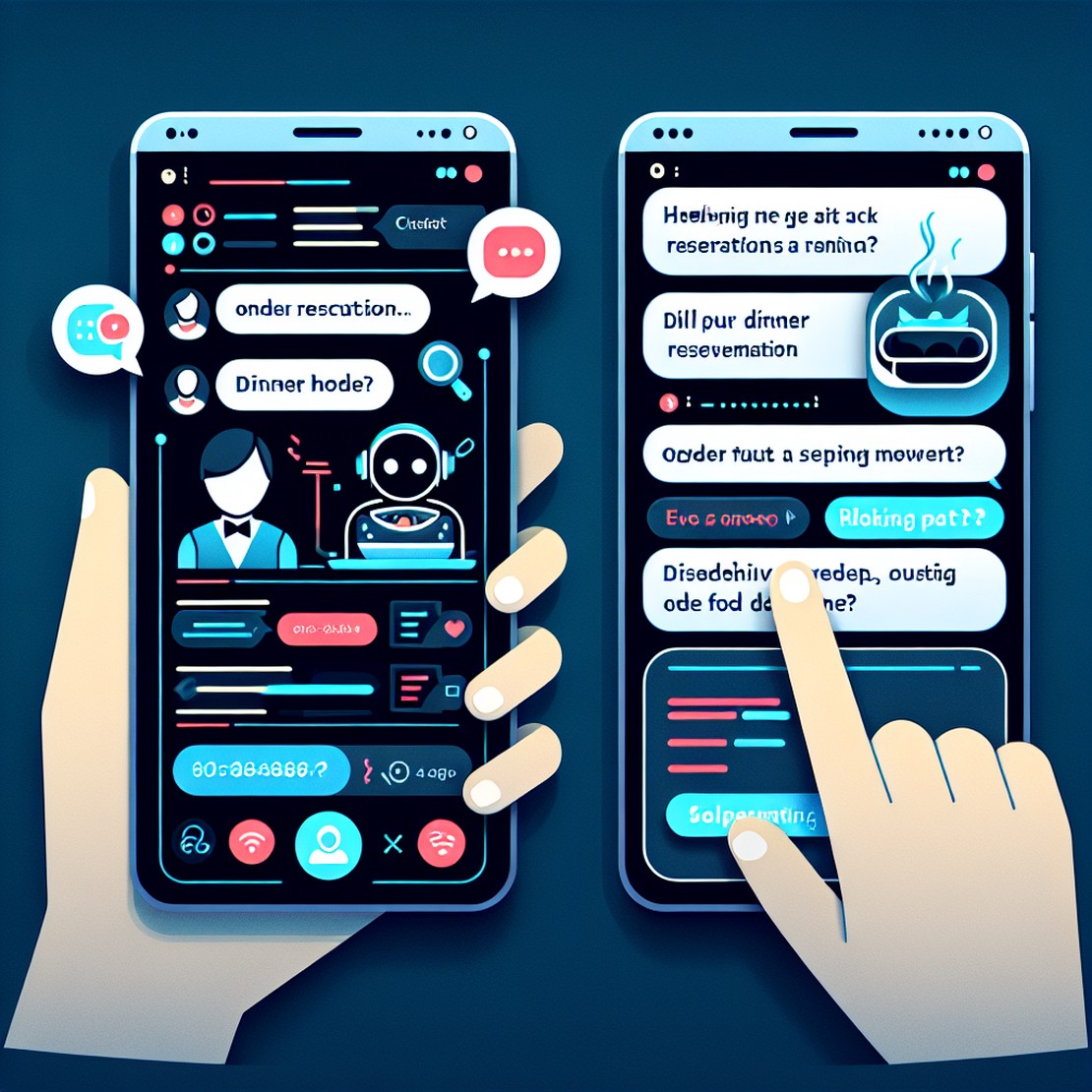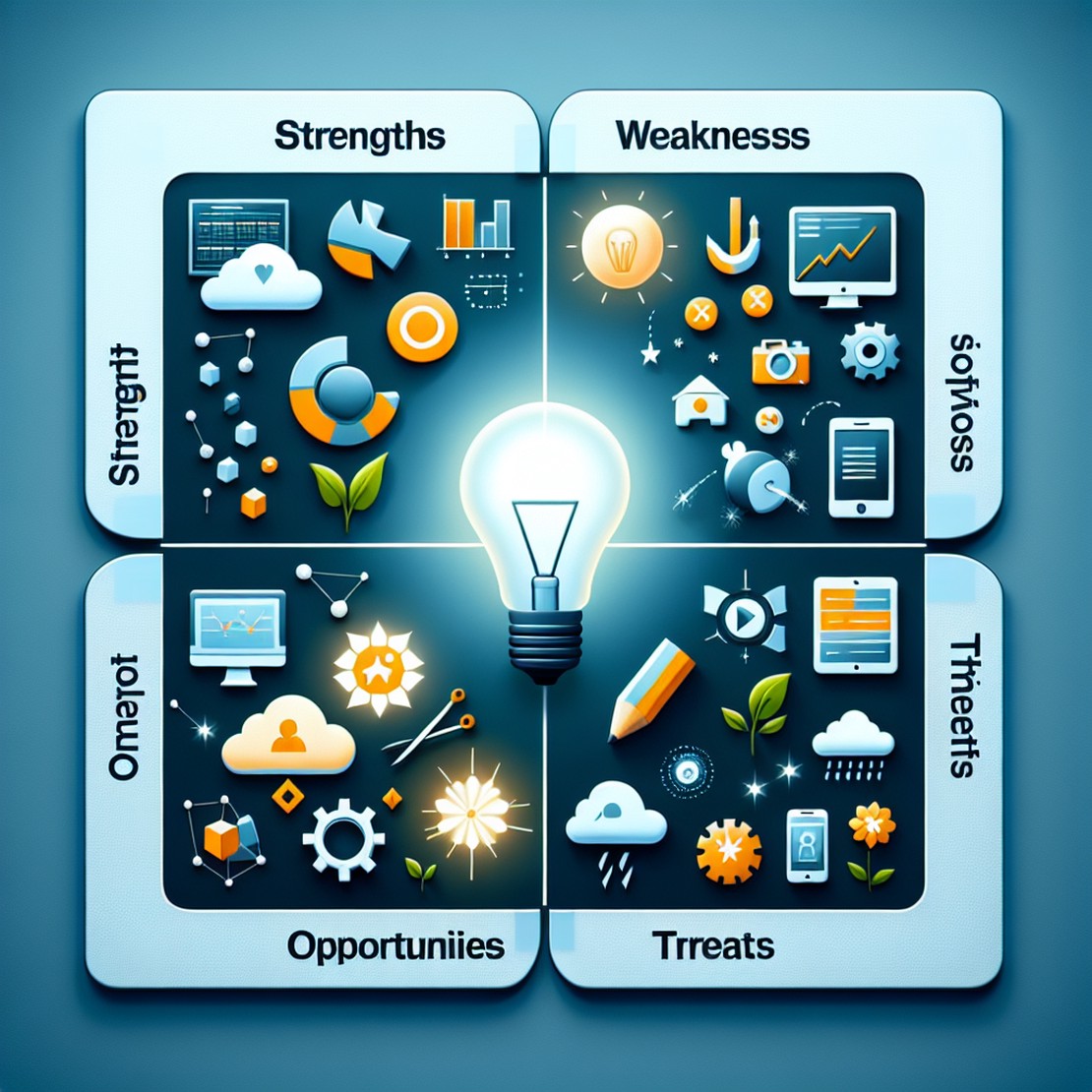
Does Your Website Need a Chat Bot?
- Rajdeep Barad
- Web development , Customer support
- January 28, 2024
In today’s digital age, businesses are constantly looking for innovative ways to engage with their customers and provide excellent customer service. One technology that has gained popularity in recent years is the chat bot. Chat bots are computer programs designed to simulate human conversation, providing instant responses and personalized assistance. But does your website really need a chat bot? Let’s explore the benefits and considerations of implementing this technology.
Benefits of a Chat Bot
24/7 Customer Support: One of the biggest advantages of a chat bot is the ability to provide round-the-clock support for your customers. With a chat bot, your website can be available to assist customers at any time, even outside of regular business hours. This ensures that customer queries are addressed promptly, leading to higher customer satisfaction.
Efficient Query Resolution: Chat bots are designed to provide instant responses and assist with routine inquiries. By automating repetitive tasks, chat bots free up your support team’s time, allowing them to focus on more complex issues. This not only helps in resolving customer queries quickly but also improves your team’s overall productivity.
Increased Customer Engagement: A well-designed chat bot can offer a personalized and interactive experience for your website visitors. By understanding user behavior and preferences, chat bots can tailor recommendations and suggestions, resulting in increased customer engagement. This not only enhances the user experience but also boosts customer loyalty and retention.
Cost-Effective Solution: Hiring and training additional support staff can be expensive. On the other hand, implementing a chat bot can be a cost-effective solution. Once set up, it can handle multiple customer interactions simultaneously, eliminating the need for a large support team. This makes chat bots a cost-efficient option for businesses of all sizes.
Considerations Before Implementing a Chat Bot
Complex Queries: While chat bots are excellent at handling routine queries, they may struggle with more complex or nuanced questions. It’s important to evaluate your specific business requirements and consider the type of queries your customers typically have. If your industry involves complex issues that require human intervention, a chat bot may not be the best option for your website.
User Experience: The success of a chat bot depends on how seamlessly it integrates into your website and the overall user experience it provides. It’s important to invest in a well-designed chat bot that is easy to use, intuitive, and visually appealing. A poorly implemented chat bot can frustrate customers and drive them away from your website.
Data Privacy and Security: As with any technology that interacts with customers, data privacy and security are crucial considerations. Ensure that your chat bot is designed to handle customer data securely, protecting sensitive information. Transparency in data collection and the use of encryption are essential to build trust with your customers.
Maintenance and Updates: Chat bots need to be regularly maintained and updated to ensure optimal performance. It’s essential to allocate resources for ongoing maintenance, monitoring, and improvement of your chat bot. This includes analyzing user feedback, making necessary software updates, and training the chat bot to handle new scenarios.
Implementing a Chat Bot - Best Practices
Define Clear Objectives: Before implementing a chat bot, clearly define your objectives. Determine the specific customer queries you want your chat bot to address and the level of automation you require. Setting clear goals helps in selecting the right chat bot solution and avoiding unnecessary complexities.
Start Small: If you’re new to chat bots, consider starting with a simple implementation. Gradually expand the capabilities of your chat bot based on user feedback and evolving customer needs. This agile approach allows you to learn from user interactions and continuously improve your chat bot over time.
Train and Test: Invest time in training your chat bot to handle different scenarios effectively. Regularly test its responses and refine its capabilities. This ensures that your chat bot provides accurate and helpful information to customers, eventually building trust and credibility.
Monitor and Analyze: Continuously monitor the performance of your chat bot and analyze user feedback. Identify any areas of improvement and proactively address them. Regularly review chat logs and user interactions to gain insights into customer preferences and tailor your chat bot’s responses accordingly.
In conclusion, chat bots can be a valuable addition to your website, offering 24/7 customer support, efficient query resolution, increased customer engagement, and cost savings. However, it’s crucial to consider the complexity of queries, prioritize user experience, address data privacy concerns, and allocate resources for maintenance and updates. By following best practices and understanding your business requirements, you can leverage chat bot technology to enhance your customer service and drive business growth.



